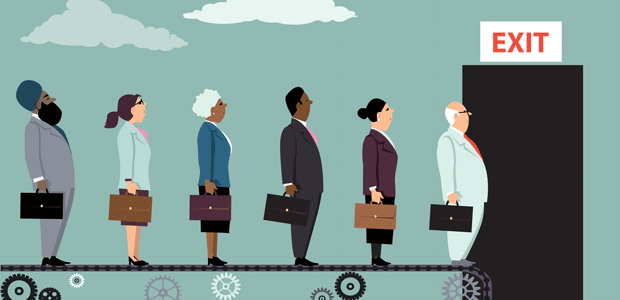
The Great Resignation: what comes next?
Following the pandemic, the jobs market has seen a dramatic shake up over the last two years.
Employees quit their jobs in droves, with 47 million people in the US leaving their roles in 2021, according to the Bureau of Labor Statistics. For now, the Great Resignation, as it became known, has somewhat subsided, but its lasting imprint on the world of work is here to stay. Here, Ashmita Das, CEO of Kolabtree, an open talent platform for scientists, discusses what’s likely to happen as we move forward into a post-Great Resignation era.
When the global workforce was sent home to help combat Covid-19, many people took the time to reassess what they wanted from life and from work. What followed was a wave of resignation letters, initially in the US, where an estimated four million people left their jobs each month during 2021. Later, this trend spread to the UK and Europe.
The reasons for this mass exodus weren’t always the same, with some people switching roles due to pandemic safety concerns, while others felt that remote work support was inadequate. Many baby boomers (those born during the post-World War II boom period between 1946–1964) simply left the workforce for good, deciding that now was the perfect time to hang up their boots and retire.
Regardless of people’s motivations for leaving their jobs, what was left behind was a dramatically different employment landscape. Employee expectations of their employers shifted, while a competitive labour market has made finding talent a struggle. How employers adapt post-Great Resignation will be a key factor in business success, or failure, moving forward.
Flexibility is here to stay
For people all around the world, the pandemic brought their work into the home for the first time. To accommodate for this new work-life balance, job roles had to become more flexible, fitting around other responsibilities like educating children and looking after loved ones.
For a number of those who resigned during the pandemic, moving to some form of self-employment was the obvious choice; a trend that’s seen the knowledge economy — where freelance experts offer their services to companies and individuals for specific projects — flourish as a result. According to the Freelance Forward:2021 report, there were 59 million people freelancing in the US last year, with more expected to join the ranks this year and next.
More companies are already taking full advantage of this new expert gig economy. Kolabtree, for example, has created a platform to connect scientists and industry experts, many with PhDs, to those who require their services. The advantages of a scientific freelance platform are self-evident. Businesses can temporarily fill high-skilled talent gaps with lower long-term financial exposure, while freelancers can enjoy the flexibility that comes with a productivity model based on output rather than hours.
Hybrid work is in
Hybrid working has become the hot topic since the pandemic hit and the Great Resignation began — the employment website Glassdoor even declared “hybrid” its word of the year for 2021.
The term hybrid is typically associated with remote working but having a hybrid workforce shouldn’t mean just working from home. For many businesses, particularly those requiring specific high-level expertise, hybrid work means taking on freelance staff and temporarily integrating them alongside permanent employees.
Much like calling in a team of superheroes to save the planet from some existential threat, employers can now assemble the ideal workforce required for various specialised tasks. Companies already set up for remote/in-office blending can easily accommodate these new external specialists, especially once the initial logistics have been taken care of.
If you’d like to learn more about how your company can benefit from freelance scientists and industry experts, visit https://www.kolabtree.com/ and post a freelance project for free.

